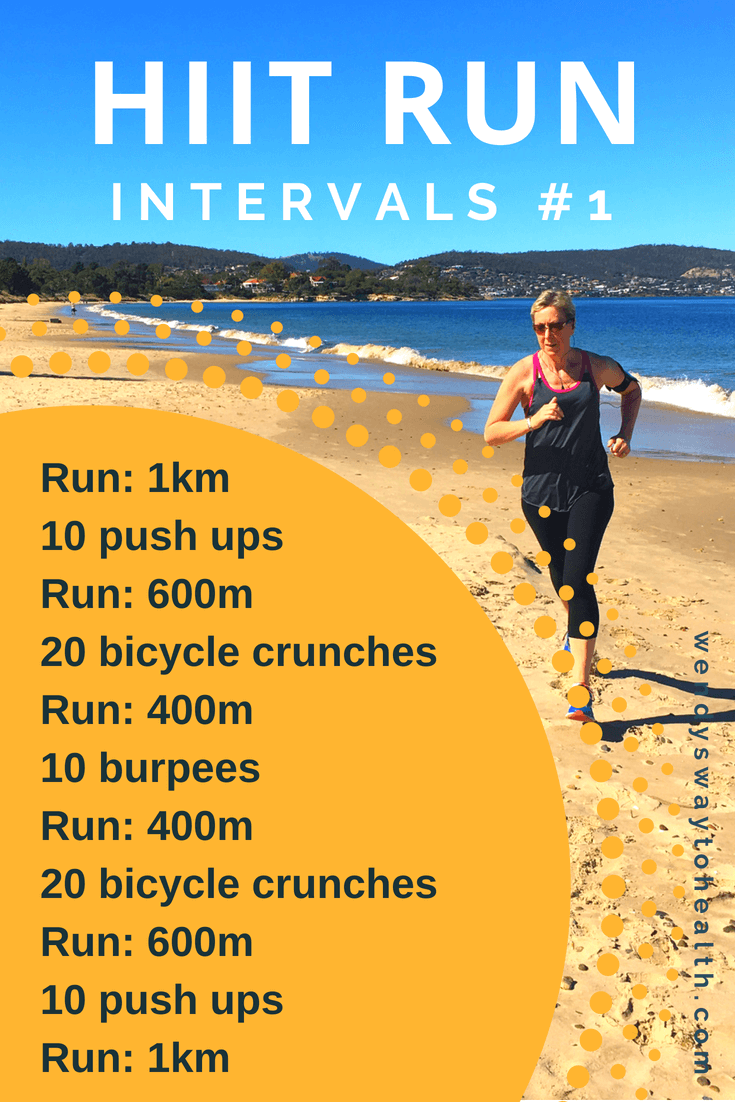Dominate Your Runs: Proven Strategies for Reliable Running Workout
Dominate Your Runs: Proven Strategies for Reliable Running Workout
Blog Article
The Ultimate Overview to Managing Pain When Running
For runners, experiencing pain throughout runs is not unusual, and recognizing just how to effectively manage and avoid it can make a considerable distinction in your total efficiency and enjoyment of the sport. Whether you are an experienced marathoner or just beginning your running trip, recognizing the various sorts of pain that can occur and the techniques to resolve them is essential. From pre-run warm-up regimens to appropriate shoes choice, there are countless factors to think about when it pertains to managing discomfort while running. This comprehensive guide will outfit you with the understanding and tools required to navigate through the pain and encourage you to attain your running goals with higher ease.

Understanding Various Kinds Of Running Pain
When running, it is vital to identify between various kinds of discomfort to avoid injuries and take full advantage of performance (Read More). One usual kind of pain that runners might experience is muscular tissue discomfort, which usually develops from the anxiety put on muscles throughout workout. This kind of pain is typically a normal component of the running procedure and can be handled with proper workout, cool-down, and extending routines
One more sort of discomfort to be aware of is joint discomfort. Joint pain can suggest issues such as overuse, inappropriate type, or underlying conditions like arthritis. Ignoring joint discomfort can cause a lot more extreme injuries, so it is essential to resolve any type of discomfort without delay and possibly look for professional recommendations.
Additionally, sharp or stabbing discomforts should not be neglected. These kinds of discomfort can signal severe injuries such as stress, strains, or stress and anxiety fractures - running workout. Remaining to go through these sorts of discomfort can aggravate the injury and prolong recovery time
:max_bytes(150000):strip_icc()/running-longer-or-faster-31e97070bda14ffc8afdea52094504c7.jpg)
Pre-Run Workout and Extending Regular
To prepare the body for a running session, implementing a reliable pre-run warm-up and stretching regular is necessary. An appropriate warm-up aids boost blood flow to the muscular tissues, enhances versatility, and reduces the threat of injury during the run. By incorporating a regular pre-run workout and stretching regular into your running routine, you can enhance performance and decrease the danger of discomfort or injury.
Correct Shoes Option and Fit
When picking operating footwear, it is vital to think about variables such as foot kind, running stride, arch assistance, cushioning, and shoe size. Visiting a specialty running store for a gait analysis and expert fitting can assist make sure that you choose the right footwear for your private requirements. Spending in top notch shoes that is ideal for your running design and foot makeup is an aggressive action towards stopping discomfort and injuries throughout your runs.
Nourishment and Hydration Tips for Pain Prevention

Hydration is equally vital for runners to stay clear browse around these guys of aches, dehydration, and various other pains that can lead to pain throughout running. It is suggested to drink an appropriate amount of water throughout the day and specifically before, throughout, and after running sessions. Electrolyte-rich beverages or sporting activities beverages can likewise be beneficial for renewing lost minerals and maintaining correct liquid balance. running strategy (Read More). By focusing on nutrition and hydration, runners can improve their efficiency, lessen discomfort, and appreciate a much more comfy running experience.
Post-Run Recuperation Techniques to Ease Pain
Applying reliable recuperation techniques is vital for minimizing pain and promoting muscle healing after running sessions. Furthermore, icing sore locations for 15-20 mins can aid reduce swelling and numb discomfort post-run.
Moistening adequately post-run is crucial for replenishing liquids shed throughout workout and helping in muscle mass recovery. Consuming a well balanced treat or meal that includes healthy protein and carbs within half an hour of ending up a run can assist repair muscle mass cells and renew energy stores. In addition, obtaining sufficient rest is vital for allowing the body to fix and enhance muscle mass. Incorporating energetic recuperation activities such as light walking or swimming can additionally assist promote blood circulation and lower muscle mass stiffness - Read More. By incorporating these post-run healing methods into your routine, you can effectively manage discomfort and maximize your running efficiency.
Conclusion
To conclude, attending to different kinds of running pain through correct warm-up, extending, shoes selection, nourishment, hydration, and post-run healing techniques is essential for discomfort prevention and management. By understanding the sources of pain and carrying out these techniques, runners can lessen discomfort and prospective injuries. It is vital to focus on general physical health and health to make certain an effective and satisfying running experience.
Report this page